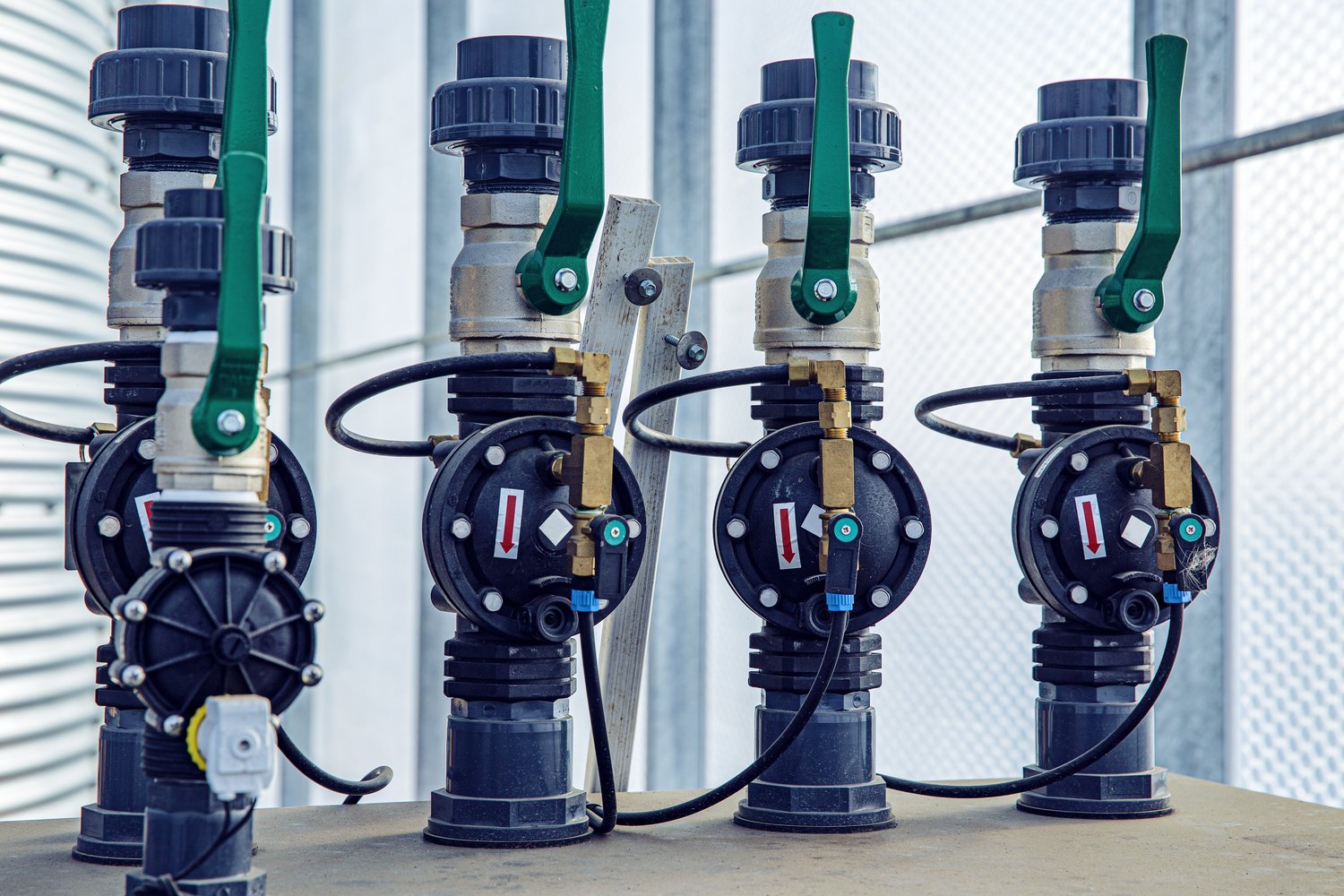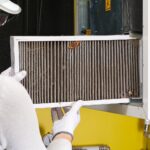Is your home’s water pressure unpredictable or too high? This could be causing unnecessary stress on your plumbing system, leading to costly repairs over time. Installing a water pressure regulator is an effective solution to ensure consistent water flow and protect your pipes from potential damage.
- Understanding Water Pressure Regulator Installation and Its Benefits: Discover how installing a regulator can extend the life of your plumbing fixtures and reduce water waste.
- Step-by-Step Guide to Water Pressure Regulator Installation: Follow a comprehensive guide complete with the necessary tools and expert tips to avoid common pitfalls.
- Troubleshooting Tips: Learn how to identify and resolve typical installation issues to keep your system functioning seamlessly.
By mastering the installation of a water pressure regulator, you’ll not only optimize your water management but also safeguard your home against plumbing mishaps. Dive into the details and take the first step towards a well-regulated water system.
Understanding Water Pressure Regulator Installation and Its Benefits
Installing a water pressure regulator is a vital step towards preserving your home’s plumbing system. These devices effectively control the high water pressure coming into your home, ensuring it remains at a safe level. By managing water pressure, you can significantly extend the longevity of plumbing fixtures, preventing leaks and bursts that are often caused by excessive stress.
Moreover, a water pressure regulator helps in reducing water waste. With controlled pressure, your water consumption becomes more efficient, as excess water isn’t lost through over-pressurized flow. This efficiency not only aids in conserving water but also contributes to reduced utility bills, making it a cost-effective solution for homeowners.
Beyond these practical advantages, installing a regulator also contributes to enhanced appliance performance. Appliances like dishwashers and washing machines operate more consistently under optimal pressure, reducing the risk of damage and ensuring long-term functionality. By maintaining a balanced water pressure, the entire plumbing system runs smoother, leading to fewer emergency repairs and unexpected issues.
Step-by-Step Guide to Water Pressure Regulator Installation
Before starting with the installation, gather the necessary tools. You’ll need an adjustable wrench, pipe cutter, tape measure, and a new water pressure regulator. It’s essential to check for compatibility between the regulator and your existing plumbing system.
Begin by turning off the main water supply to prevent any seepage during installation. Once the water supply is safely shut off, relieve any pressure in the pipes by opening a faucet temporarily.
Next, locate the main water line, typically found near your home’s entry point. Measure the diameter of the pipe to ensure the regulator fits perfectly. Use a pipe cutter to remove a section of the pipe where you intend to install the regulator. As accuracy matters, measure twice and cut once to avoid unnecessary damage.
With the pipe section removed, position the water pressure regulator in place. Utilize the adjustable wrench to secure it tightly. It’s crucial to align the direction of flow arrow on the regulator with the direction of water flow in your pipes to ensure proper functionality.
Once installed securely, turn the main water supply back on gradually while checking for leaks. It’s advisable to adjust the regulator settings according to your preferred pressure level, typically within the range of 40-60 psi for optimal home conditions.
After installation, observe the system for stability, ensuring there are no leaks or pressure fluctuations. Following these steps carefully will lead to a successful installation, enhancing your plumbing system’s efficiency and overall water management.
Troubleshooting Tips for Your Water Pressure Regulator Installation
After installing your water pressure regulator, you might encounter a few challenges that can affect the overall performance of your plumbing system. Addressing these common issues promptly ensures smooth operation and prolongs the life of your water pressure system.
Inconsistent Water Pressure
If you notice fluctuating water pressure, first check the main water supply valve to ensure it is fully open. Often, partial closure can cause irregular pressure.
It’s also crucial to verify the pressure setting on the regulator. Adjust the screw or bolt on top of the regulator to increase or decrease the water pressure until it reaches the desired level.
Leaks at the Regulator Connection
Leaks can occur at the connection points due to improper sealing. If you find leaks, turn off the main water supply and disconnect the fittings. Apply plumber’s tape or ensure that the gasket is properly seated to create a watertight seal before reconnecting.
Regulator Vibrations and Noise
Excessive noise or vibrations may result from high water velocity. If this occurs, it might be necessary to add a pressure relief valve or replace the regulator with a model suited for your household’s water flow requirements.
Unresponsive Regulator
If adjustments to the regulator result in no change in water pressure, inspect the unit for any signs of blockages within the device. Debris or mineral deposits might hinder its functionality. Cleaning or replacing clogged parts can resolve this issue.
Ensuring the proper installation and functioning of your water pressure regulator not only improves water pressure stability but also prevents potentially costly plumbing repairs. Share your experiences or insights in the comments section to assist others facing similar challenges!
Frequently Asked Questions About Water Pressure Regulator Installation
What is a water pressure regulator?
A water pressure regulator is a device that controls the water pressure entering your home to prevent damage to plumbing fixtures.
How do I know if I need a water pressure regulator?
If you have high water pressure, experience frequent leaks, or if your plumbing fixtures are wearing out quickly, a regulator is recommended.
Can I install the regulator myself?
Yes, with some plumbing experience and the right tools, you can install a water pressure regulator yourself.
What tools do I need for installation?
You will need a wrench, pipe cutter, and thread seal tape for installation.
How often should I check the regulator?
It’s recommended to check the regulator annually to ensure it’s functioning properly.
What are common issues during installation?
Common issues include incorrect pressure settings and leaks at connections.





